contact me
Hi! I'm Lindsay Ferrier. You might remember me from a blog called Suburban Turmoil. Well, a lot has changed since I started that blog in 2005. My kids grew up, I got a divorce, and I finally left the suburbs for the heart of Nashville, where I feel like I truly belong. I have no idea what the future will hold and you know what? I'm okay with that. Thrilled, actually. It was time for something totally different.
You Can’t Beat the Amazing Views on This Nashville Hike
July 19, 2017
Hidden away in a state park just outside Nashville, you’ll find a surprising treasure trove of early American history and breathtaking natural beauty. It’s all just an easy family hike away — Here’s what you need to know about Narrows of the Harpeth before you go.
You can’t live in Nashville long without hearing the name Montgomery Bell — Known as Tennessee’s first capitalist, he moved to the area from Pennsylvania in 1802 and quickly became one of the nation’s leading manufacturers of pig iron, a crude iron that could later be further processed into wrought iron or steel.
Although Bell died in 1855, his legacy remains at Montgomery Bell State Park in Dickson, where iron pits dug by Bell’s slaves now define the landscape of the forest, at Nashville’s Montgomery Bell Academy, which was established from funds left in Bell’s will for the establishment of a boy’s school, and in a limestone bluff along the Harpeth River, where Bell used slave labor to build the first full-scale tunnel ever constructed in the United States.

Today, the tunnel is part of the Harpeth River State Park in Kingston Springs, located at the end of a ½ mile trail. It’s all that remains of what was once an iron forge, constructed by Bell back in the 1830s. Bell came up with the idea of building the tunnel through a bluff at the narrowest point where the Harpeth River forms a 5.5-mile loop, and using the water that would rush through the tunnel as power to operate the forge.
This 1878 drawing gives you a good idea of the river’s path and how the tunnel could harness energy from the water. Bell named it Pattison Forge, after his mother’s maiden name, and operated the forge between 1832 and 1854.
Montgomery Bell died inside this house, called “Bell View,” in 1855. It was located on the hill directly behind the point where the trail forks at Bluff Ridge. Apparently, the house’s foundation is still visible in the underbrush, although a ranger told me he looked for the foundation recently and couldn’t find it. Bell is buried just across the river, on private property.
You can access the trail to Pattison Forge by heading to 1254 Narrows of the Harpeth Road in Kingston Springs. The parking area is small, but there’s an overflow parking area if you keep driving down the road — Just follow the signs. You may also want to print out a Harpeth River State Park map before you go. Once you arrive, first follow the wooden staircase in the parking area down to the base of the limestone cliff. There, you’ll see the tunnel’s entrance, where the water flows in. Walking through the tunnel used to be allowed, but a fire inside the tunnel several years ago severely damaged it. I’ve read that parts of the tunnel have caved in this year, and it’s no longer safe to walk through. Use good judgment.
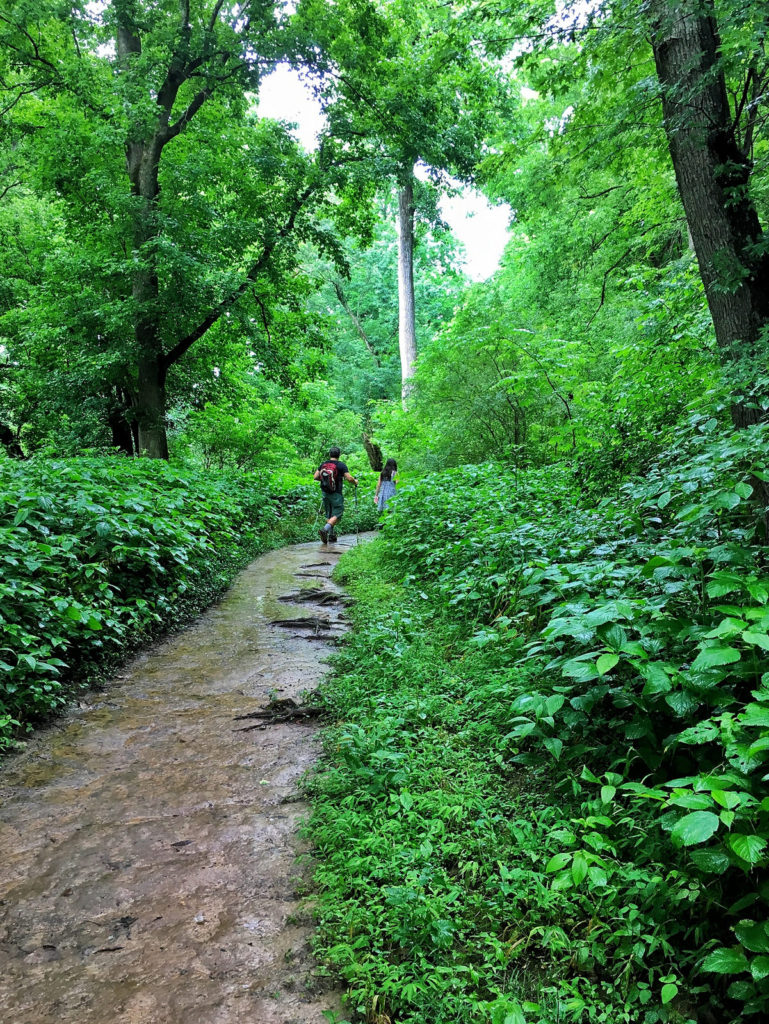
To get to the trail that leads to the other side of the tunnel, just walk back along the road that leads to the parking lot. You’ll see signs for the trailhead just past the cliffs on your left.
In the past, the natural pool beneath the tunnel was a popular swimming hole, however swimming is no longer allowed.
Once you’ve marveled at the Pattison Forge tunnel and played in the water, don’t fret — There’s far more to see here. In fact, I think the best is yet to come.
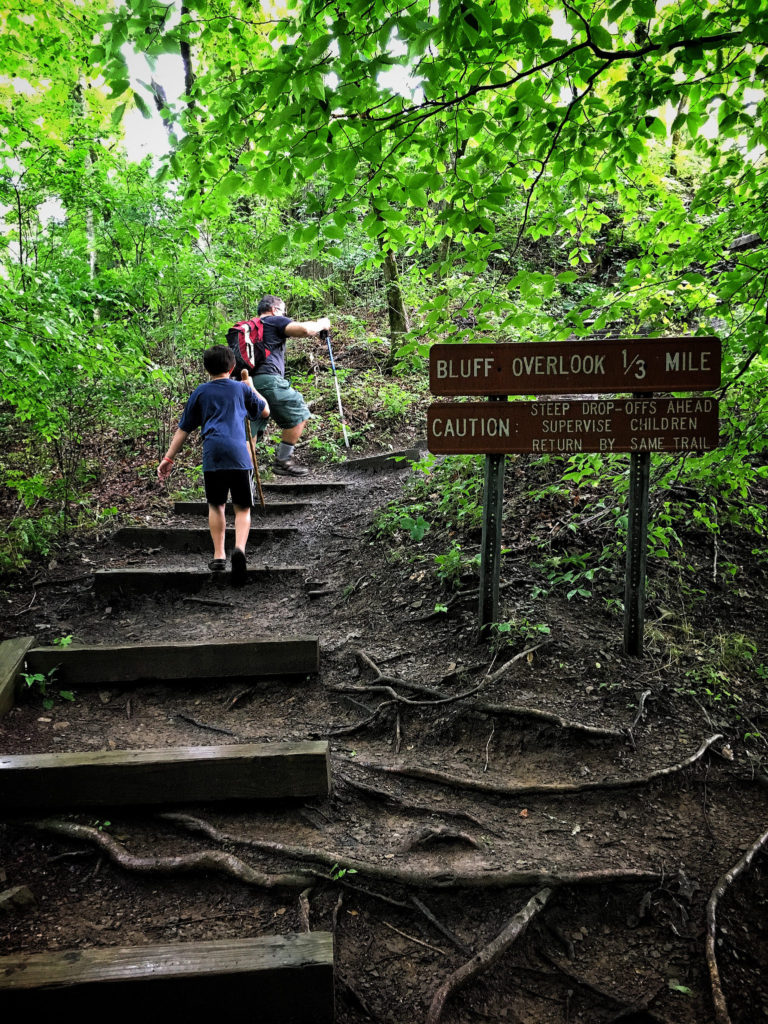
Back at the trailhead, you probably noticed that the trail branched off in two directions. It’s time now for you to take the Bluff Overlook Trail, a short, steep trail leading up to an overlook that every Nashvillian needs to experience. While I wouldn’t recommend this trail for very small children or anyone with mobility issues, older children (I’d say ages 5 and up) will do fine — Though it’s quite a climb, this trail is only ⅓ mile long.
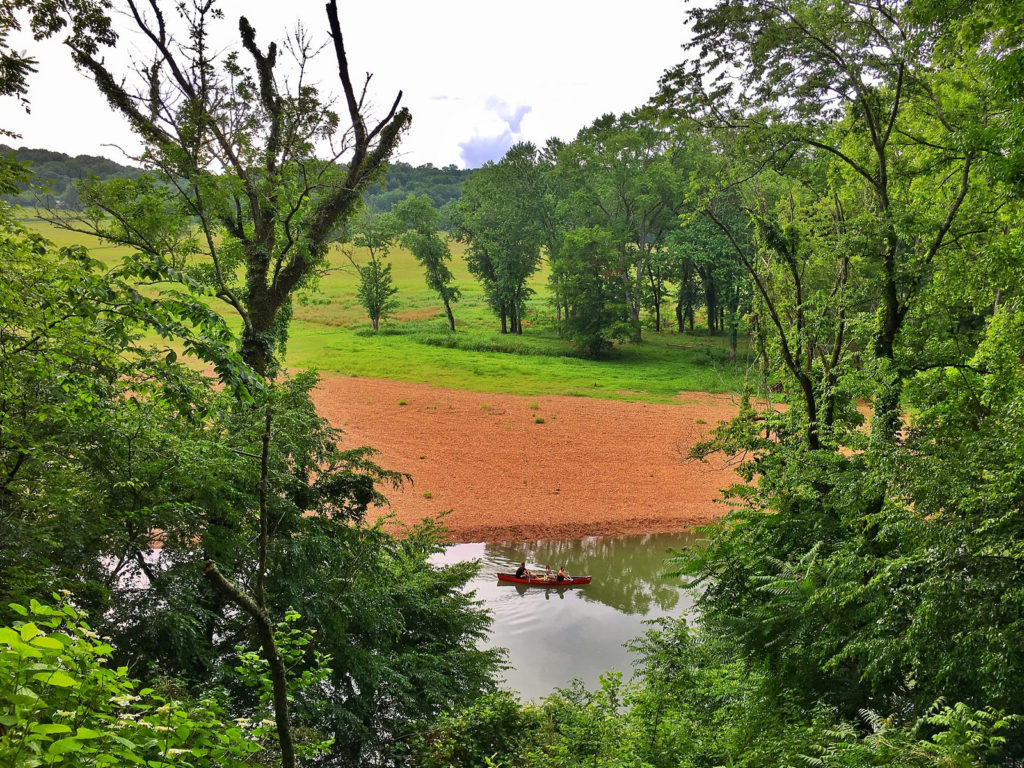
As you climb the ridge, notice that the Harpeth River flows in one direction on your right and the opposite direction on your left. You are directly over the tunnel, on top of the ‘narrow’ spot that gives this place its name. If you look to your right on your way up, you’ll notice a field across the river. Montgomery Bell and his wife are buried beneath a grove of trees in the center of that field. Legend has it that his ghostly orb is visible some nights, crossing the river from his grave over to Pattison Forge. Locals say he buried his treasure somewhere in this park, and he’s coming back to check on it.
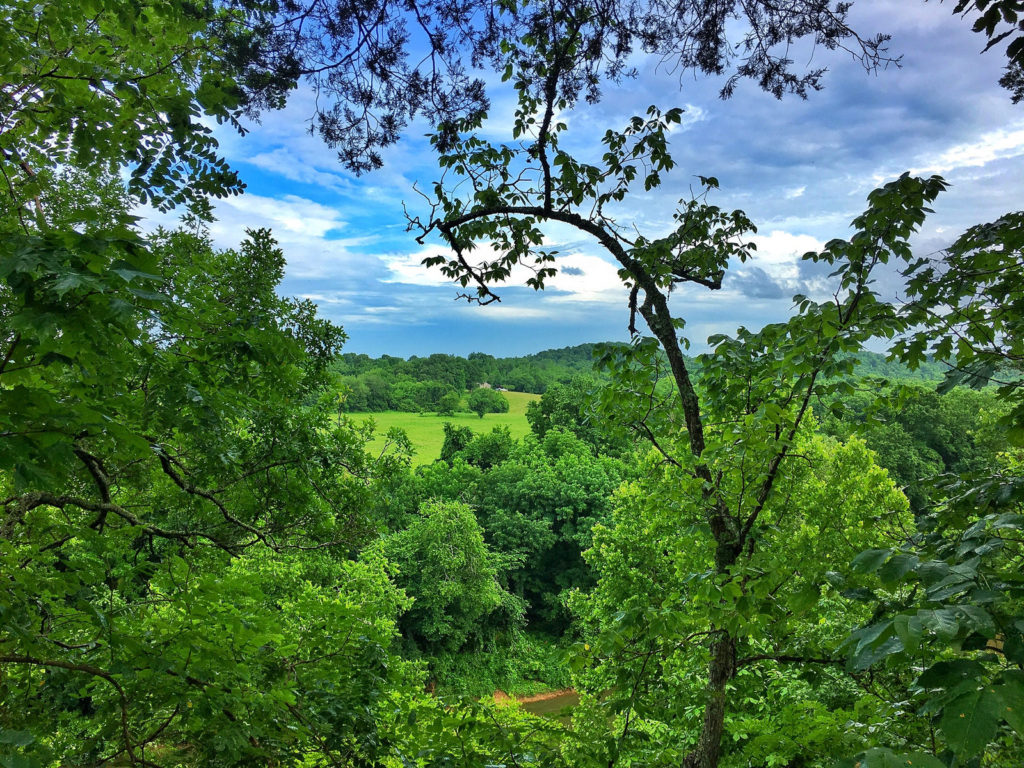
You’ll soon be rewarded by some breathaking views of the river and surrounding countryside. Keep climbing.
At the top, you’ll find this ridge with a natural stone ‘bench.’ Is this not amazing?
This area was a hotbed of activity for Indians during the Mississippian Period (A.D. 1000-1450). Nearby is Mound Bottom, a state-owned site consisting of 34 ancient Native American mounds, accessible only by guided tour. Mound Bottom is also an experience of a lifetime and well worth the tour — I plan on covering it in a separate post. There are also rock shelters in these ridges, where archaeologists have found evidence of human inhabitation as far back as 7,000 years ago!
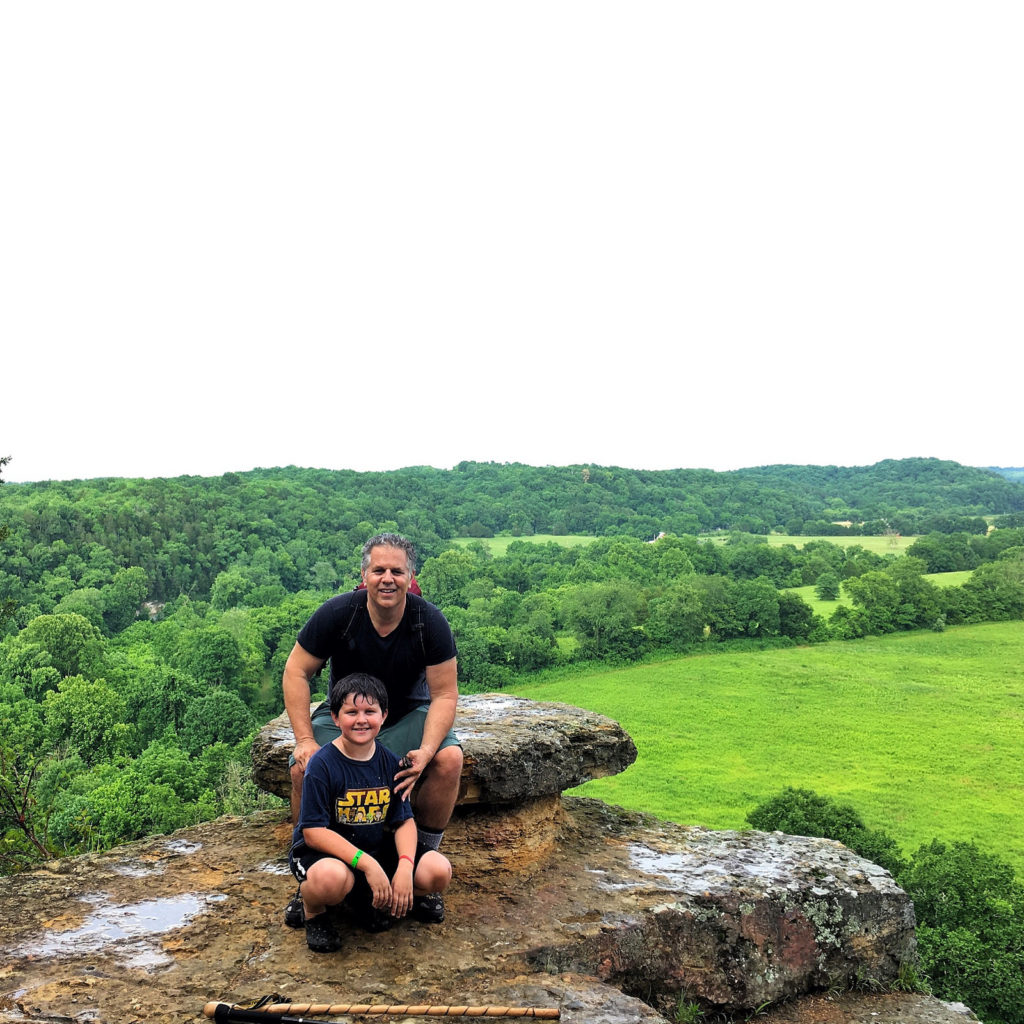
This is definitely an Instagrammable moment!
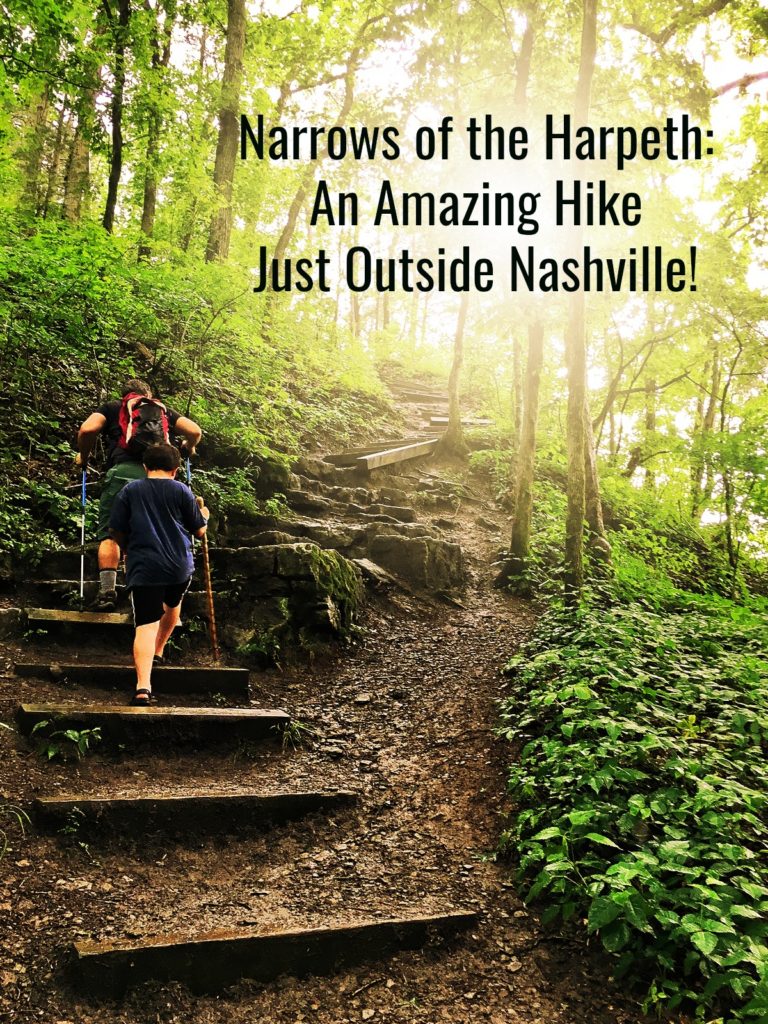
Geeking out now? If you want to know even more about this place, here are a few references I used to write this post:
Mound Bottom State Archaeological Area (from TN Dept. of Environment and Conservation)
A biography of Montgomery Bell (from the Tennessee Encyclopedia of History and Culture)
Slipping Through the Crevices at Mound Bottom (from Archaeology in Tennessee)
Harpeth River State Park (from Tennessee History for Kids)
The Montgomery Bell Family website (from Homestead.com)
Mound Bottom (from Wikipedia)
Mace Bluff and Mound Bottom (from the Tennessee Archaeology Council)
Harpeth River State Park (Tennessee State Parks)
Looking for more fun family hikes in and around Nashville? I’ve got you covered.
Keep up with all of our travels by following us on Facebook, Instagram, Twitter and Pinterest!
Leave a Reply Cancel reply
This site uses Akismet to reduce spam. Learn how your comment data is processed.
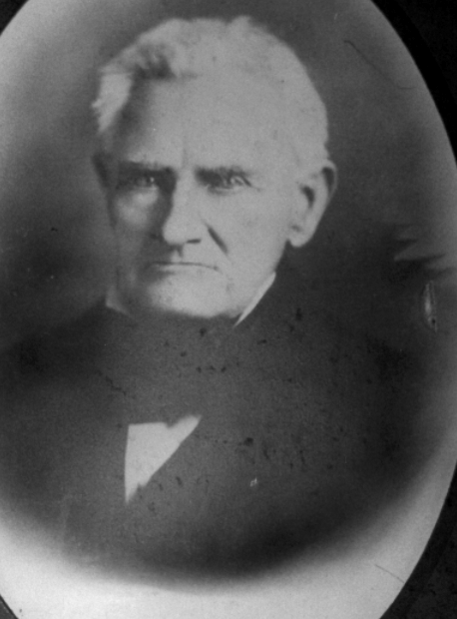
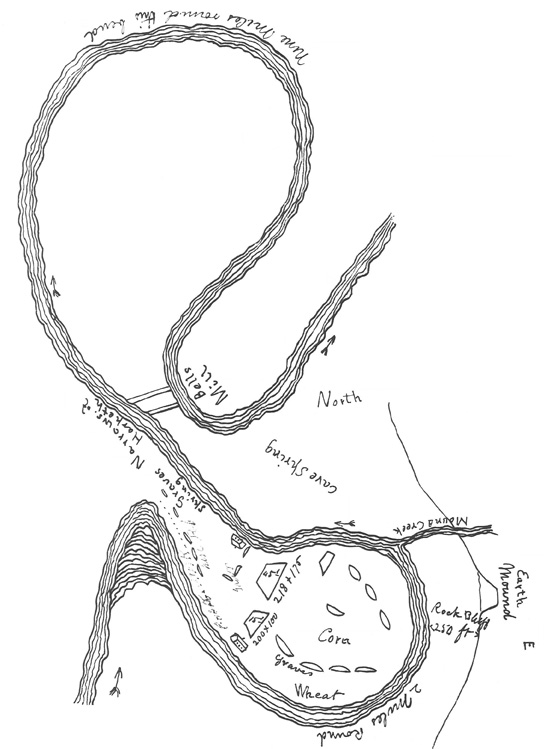
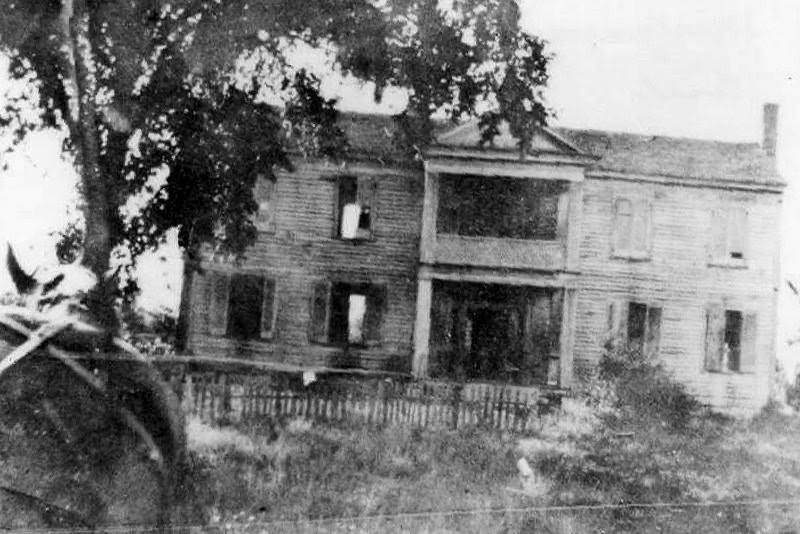
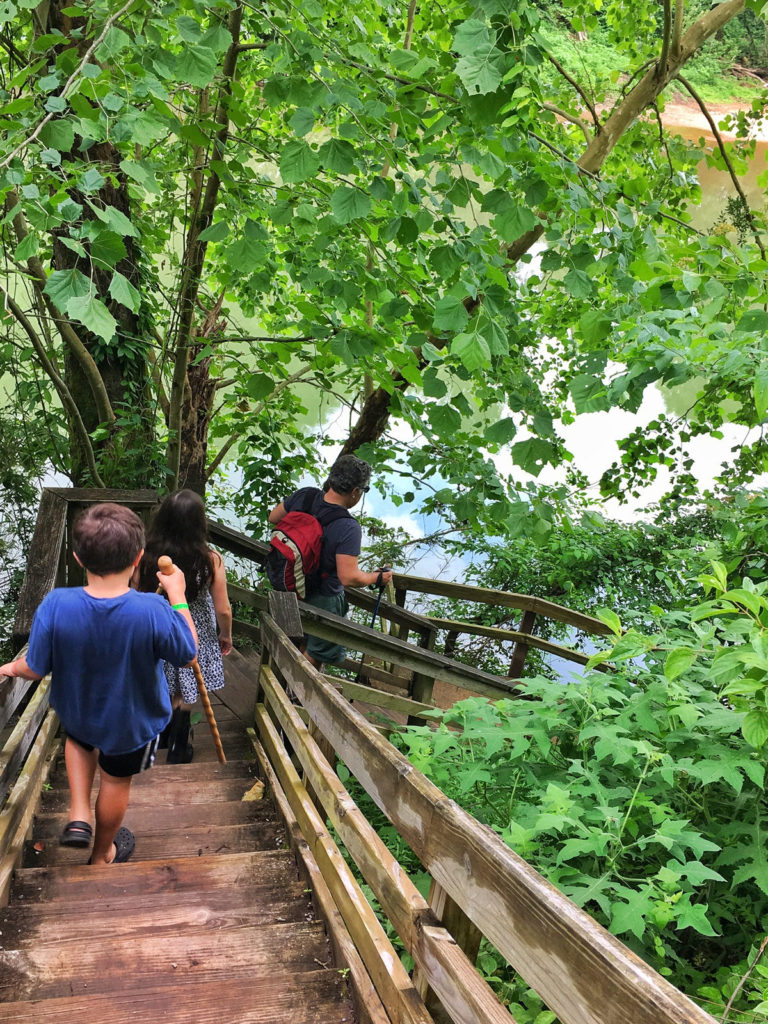

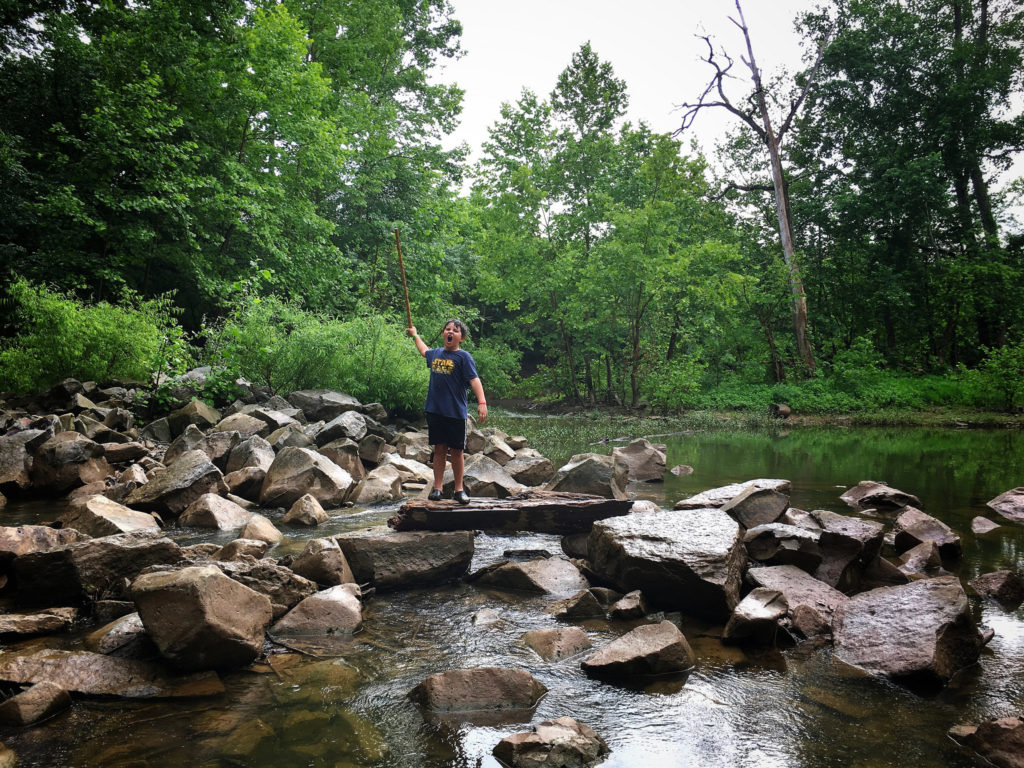
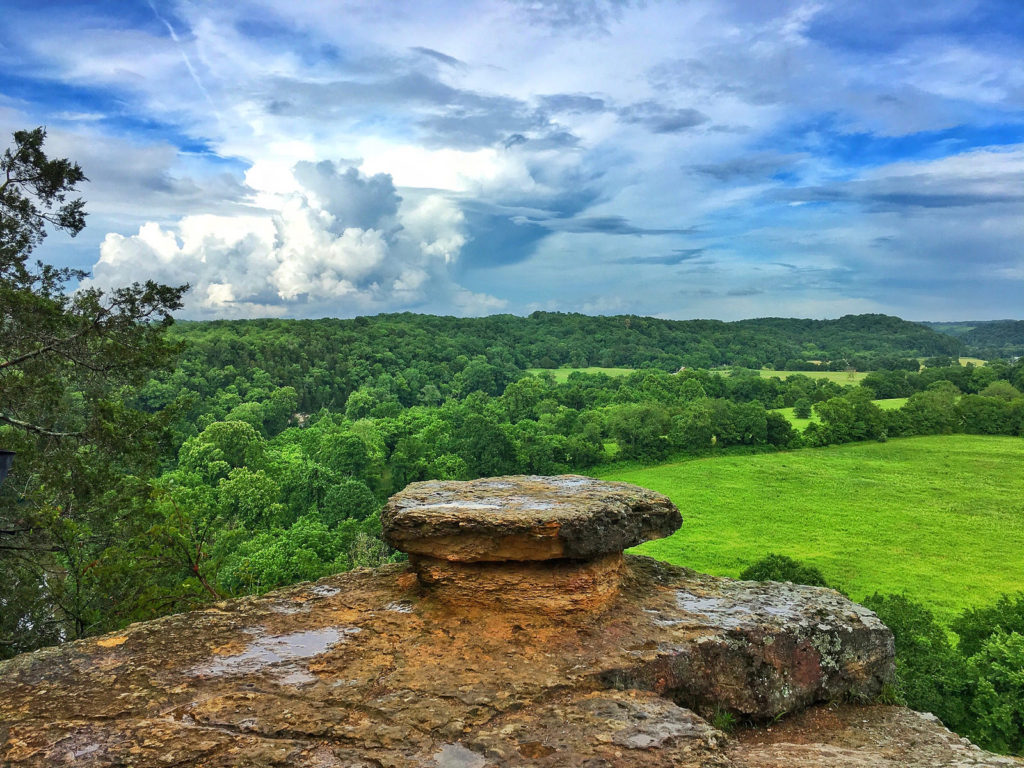
[…] in the 1800s. Not only is it a great spot to cool off, it’s also chock-full of local history. Check out this post to read the story behind Pattison Forge and learn more about these two trails and how to get to […]